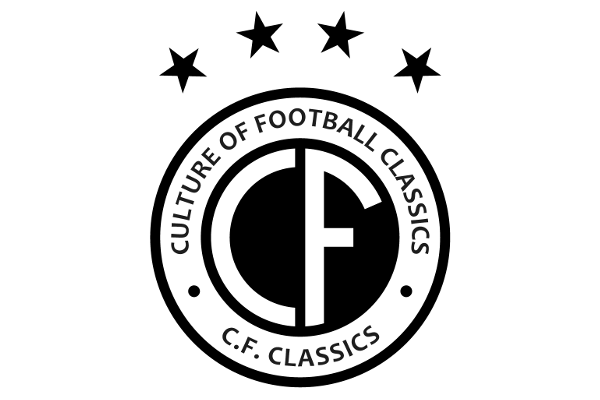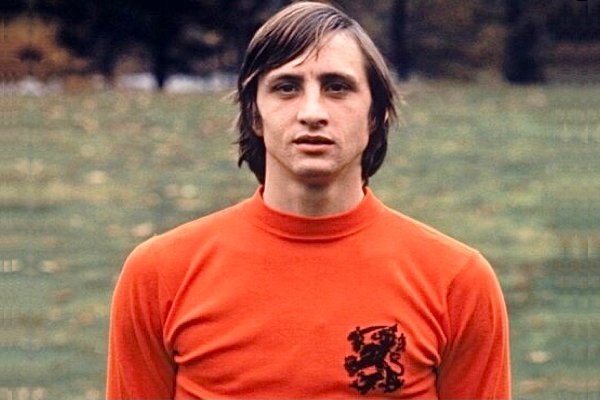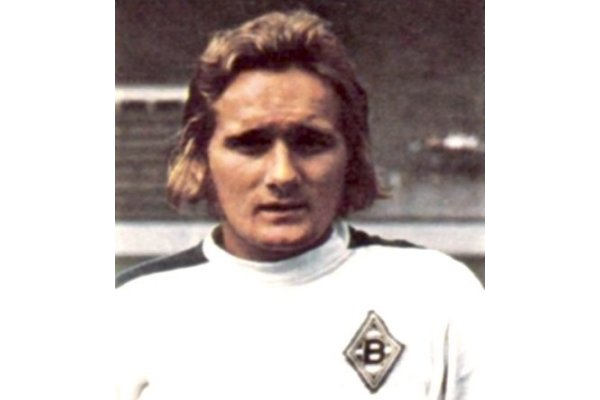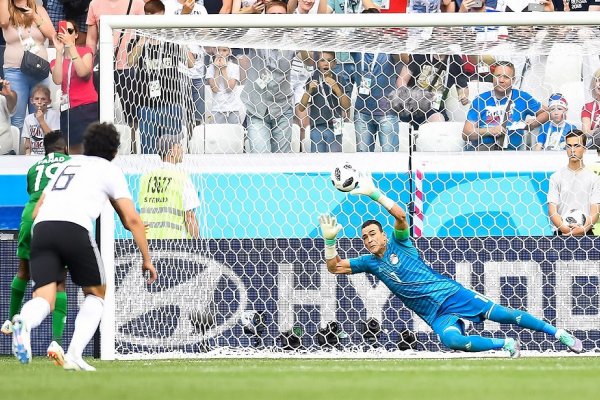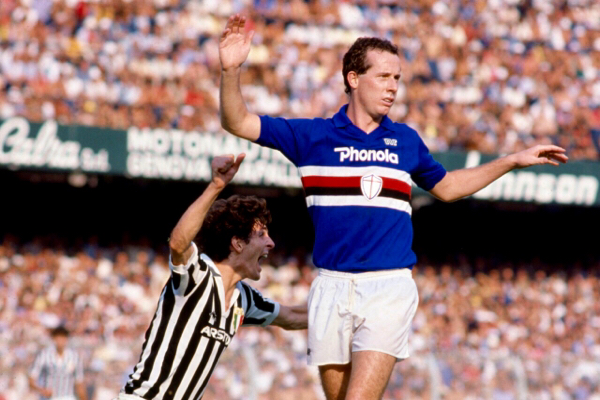Allan Simonsen Profile
Allan Simonsen - Career
When we think of great Danish players it's inevitable that the likes of Elkjaer and Laudrup immediately come to mind, yet the forerunner to the stars of the Danish Dynamite era was another gifted forward, Allan Simonsen.
Simonsen had started out with his hometown club, Vejle BK, starting out with the youth team before making his debut for the first team as an 18 year old in the spring of 1971. Despite his small size and slight build, Simonsen immediately took the eye with his pace, skill and finishing. His creativity and goals paid immediate dividends as Vejle BK claimed the Danish title for only the second time in their history, whilst Simonsen was rewarded with a call up to the Dane's U21 team. His second season would be even more successful, with a league and cup double and a call-up to Denmark's Olympic team for the Munich ‘72 games. Despite their elimination in the second round, Simonsen played in all six matches and really impressed, and amongst those watching at the Olympic Stadium was Hennes Weisweiler, the coach of Borussia Mönchengladbach. Weisweller was so impressed that he told Gladbach that he wanted to bring Simonsen to the Bökelbergstadion, and a few of 200,000 Deutsche Mark was agreed.
Having moved to the Bundesliga with such high hopes, things didn't go quite as planned though. Simonsen really struggled to adapt to the tough physical demands of the German league, and his first two seasons would see him make only 17 appearances and score just two goals. At the end of the 1973-74 season their were rumours that Simonsen would be moved on, but nothing transpired and Simonsen remained at the club and started the following season. And what a season it turned out to be. Not only did Gladbach become Bundesliga champions, but Simonsen played a pivotal part, scoring 18 goals and forming a great attacking partnership with club legend Jupp Heynckes and fellow Dane Henning Jensen. The season was topped off with victory in the UEFA Cup final, Simonsen scoring twice on the second leg as they hammered Twente Enschede 5:1.
Simonsen's fine form and Gladbach's success would continue over the next two seasons, his goals and assists helping the side to another two Bundesliga titles, making it three in a row, whilst they would come close to European Cup success as well, making it through to the final in Rome against Liverpool, where Simonsen would score a second half equaliser before two more Liverpool goals would give them a 3:1 victory. Such had been his form that Simonsen was named as European Footballer of the Year for 1977, the first player from Denmark to be given the award.
1977-78 would see Simonsen come agonisingly close to claiming his fourth Bundesliga winners medal. His 17 goals had put them within touching distance of another title, but they went into the final match of the season level on points with 1. FC Köln but with an inferior goal difference of 10. In one of the greatest ever Bundesliga finale's, Gladbach did their bit by beating Borussia Dortmund 12:0 (yes, that does say twelve!) but 1. FC Köln had the last word, thrashing St. Pauli 5:0 away from home to claim the title by 3 goals!
Simonsen's final season at Gladbach was 1978-79, and whilst it was a poor season domestically as they struggled to a mid-table finish, they redeemed themselves by winning the UEFA Cup, and Simonsen was on fire throughout the competition, finishing as the highest scorer with 9 goals, including the winner in the second leg of the final against Red Star Belgrade.
At the end of the season, Simonsen moved to Barcelona for a transfer fee of around 1.3 million DM, joining Austrian striker Hans Krankl as the Catalan giants foreign stars. Krankl had just had a phenomenal season for Barca, his 29 goals landing him the Pichichi Trophy as the league's top scorer. Simonsen was expected to line up alongside Krankl and club legend Carlos Rexach. However, disagreements with coach Joaquim Rifé would see Krankl moved out on loan to First Vienna, and so the pressure to score goals would increase on Simonsen. A decent first season would see the Dane score a respectable 10 goals in La Liga and he struck up good understandings with old head Rexach and the club's young star “Lobo” Carrasco.
The following season would see Krankl replaced by West Germany's midfield playmaker, Bernd Schuster, whilst their attacking options were increased with the transfer of Sporting Gijón goal-machine Quini. Simonsen delivered another ten La Liga goals during the season, and formed a fine partnership with Quini, his assists helping the Spanish striker win the Pichichi Trophy and reach the 20 goal mark for the season. The partnership was even more more fruitful in the 1981-82 season, Simonsen scoring 11 and Quini scoring 27 as Barca finished second, just two points behind Real Sociedad. There was success in Europe though, and Simonsen was at the forefront of it, as Barcelona won the Cup Winners' Cup for the second time in their history. Simonsen scored in four of the five rounds, including the winner in the semi-final against Spurs and the equaliser in the final against Standard Liège. This goal meant that Simonsen became the first player to score in the final of all three European club competitions - the European Cup, UEFA Cup and Cup Winners' Cup. It was a feat that would never be matched by any other player. Despite his form over the previous three seasons, Simonsen was effectively forced out of the club in 1982 when Barcelona broke the world record transfer fee to bring in Argentinian superstar Diego Maradona. La Liga had a two-foreigners rule for starting line-ups and had made it clear that Schuster was going to be a mainstay in their midfield, so Simonsen was given little choice but to look for a new club. Despite interest from all over Europe, including Barca's rivals Real Madrid, Simonsen shocked everyone when it was announced that he would be moving to a struggling club in the second tier of English football, Charlton Athletic.
The Addicks new chairman, Mark Hulyer, quite literally broke the bank to bring Simonsen to south London, offering £324,000 for the player, which was substantially more than any other club was offering. Huyler's idea was that the arrival of a world-class player would not only boost their chances of promotion to the First Division, but also significantly increase the small attendances at their enormous cavernous stadium, The Valley, and recouping the money they'd paid out for him. Somewhat surprisingly, Simonsen said that the move also suited him, stating that he liked the idea of playing at a lower level that he deemed would attract less attention on him and be less stressful. However, having moved to Charlton in November 1982, Simonsen's English adventure would last for only six months, as it soon became apparent that Charlton couldn't afford to keep him. Their were some sublime moments from in on the pitch, especially during the 5:2 victory over Chelsea, but it was widely acknowledged that he was playing a different game to many of his teammates, with much of his vision and creativity being lost on players who didn't quite read the game and see the opening in the same way as he did. So, in 1983, Simonsen moved on again, this time opting to make to Denmark to the hometown club where he'd started his career, Vejle.
Allan Simonsen - Career in Brief
CLUBS
| Years | Club | |
|---|---|---|
| 1971-72 | | Vejle BK |
| 1972-79 | | Borussia Mönchengladbach |
| 1979-82 | | Barcelona |
| 1982-83 | | Charlton Athletic |
| 1983-89 | | Vejle BK |
NATIONAL TEAM
| Team | Denmark |
|---|---|
| Debut | 1972 |
| Last Match | 1986 |
| Caps | 55 |
| Goals | 20 |
Allan Simonsen - Playing Style
Allan Simonsen - Honours
CLUBS
| Honour | Year | Club | |
|---|---|---|---|
| Danish Superliga Winners | 1971 | | Vejle |
| Danish Superliga Winners | 1972 | | Vejle |
| Danish Superliga Winners | 1984 | | Vejle |
| Danish Cup Winners | 1972 | | Vejle |
NATIONAL TEAM
| Honour | Year |
|---|---|
| European Championships 3rd Place | 1984 France |
Other articles featuring Allan Simonsen
Tweet
